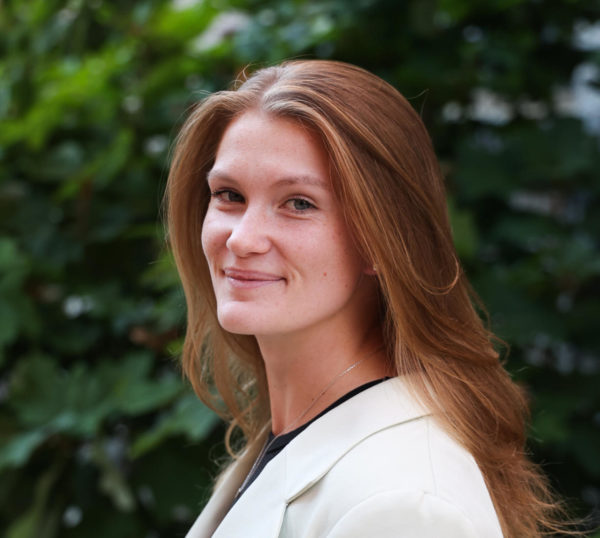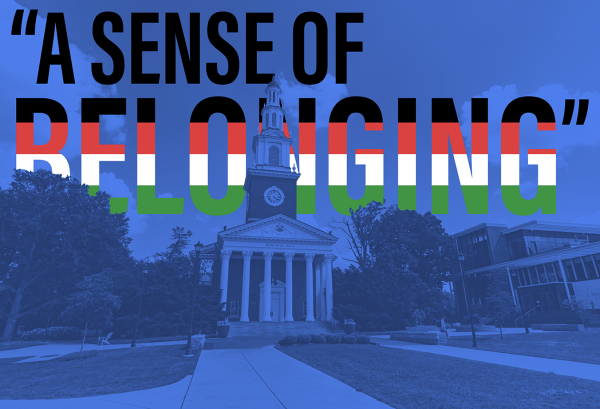Poetry collection by Safia Elhillo addresses black girlhood and the beauty in bluntness
September 26, 2022
It is always refreshing for me to read from a poet of color who comes from a different cultural background than I do. Mostly because when I read work from poets who come from different parts of the black diaspora, I tend to learn new shades of blackness from them and how they learned to navigate the world alongside it.
I also love how women of color have always been at the forefront of poetry. Through their poetry, they continue to create literature that show black and brown women in a more humane and realistic light.
Sometimes, when I read from poets such as Audre Lorde, Gwendolyn Brooks or Joy Priest, I am overwhelmed by a sense of belonging and understanding of a collective Black American girlhood that is not rooted in anything other than the fact that I am a black woman in America. Not to say their poetry isn’t important but, it is comfortable and familiar to me and helps me better see my place in my own tiny ecosystem.
However, when reading Safia Elhillo’s book “Girls That Never Die,” I am swept into a world of blackness that is so similar but so unlike my own. Elhillo is American born and proud of it, but her Sundanese heritage is rich throughout this book and painted perfectly in her own prose for her readers to see.
I am always intrigued by worlds and insights on life in poetry. How, through the lens of poetry, a poet’s reflection of self and the world they live in diverges and converges beautifully with the lives of their readers. I think Elhillo does this well throughout her book. She teaches her audience the ails and beauties of Sudanese culture, all the while reassuring them of their own pains and that there is freedom in understanding and healing from them.
There are so many different realities that girls and women of color face as we grow into our bodies and our identity in societies run by men and notions that our bodies are not our own. This is a reality all women are faced with, but there is a specific and alarming dismissal women of color face, all over the world, when dealing with issues of violence against their bodies and the rights they have to protect them.
In Elhillo’s book, she explores this issue best in her poem “Taxonomy.” This fifteen line, cleave poem depicts a haunting picture of the environment some girls are raised into. Raised to become brides and mothers at ages where they can barely take care of themselves.
“water was my language first,” Elhillo writes. “watching women dye their hair in the bathroom at night/each turn of the moon tugs new blood/remembering [GIRL] married at sixteen/to join my other losses/married is the only word i know.”
Her words are powerful and blunt, which is why I love to read her poetry.
Elhillo is not afraid to paint an uncomfortable picture for her readers, almost demanding them to see the atrocities the women before her have gone through, the pain she has gone through, and the pain women of color everywhere go through when it comes to the shame, they feel of not having ownership of their own bodies.
We see this in “Taxonomy” as she parallels the realities of some girls brought up in Sudanese culture and a world where their childhoods are not stolen from them. These atrocities done to them are ignored, normalized and silenced, as we can see in the last lines of “Taxonomy”: “I call out to whatever made me/a girl running outside/going copper in the sun/& the white moon resumes it’s quiet swim/imagining a girl/imagine nothing is done to her.”
Elhillo’s poetry is also packed full of allusions. Her poem “Orpheus” is the only poem in the collection that directly plays on a myth. Orpheus is a typical allusion that poets gravitate to, but Elhillo uses this myth to reflect on her womanhood and her relationship with men and how they do not view her without the idea of how they can control her body. In their eyes, she is never separate from it.
Her other poems paint her experiences and the experiences of women who have grown up in Muslim girlhood as lore or myths themselves. She paints brown and black girls as divine and holy through myth and prose. I think literature like this is essential to the canon of literature out there for women and girls of color.
It is essential for us to be represented the way we are, but it is also essential for us to be able to unapologetically express ourselves and our pains through prose and Safia Elhillo’s collection “Girls That Never Die” is a perfect example of this.
It is perfect for someone who wants to read a blunt collection of poems exploring black and brown girlhood, the shame that can come from growing into womanhood and the idea of a world where women of color are freed from these shames.




















































































































































Julie • Oct 12, 2022 at 12:12 pm
Wow, just wow! Nicely done!